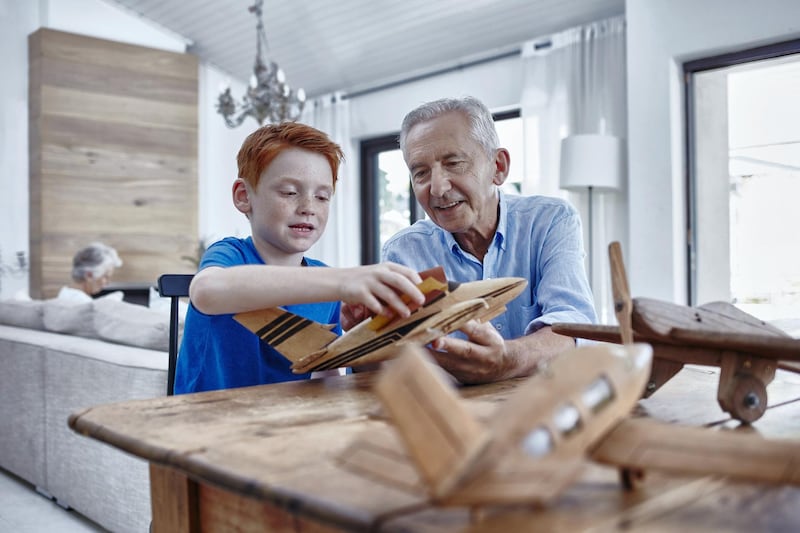For thousands of years, people have looked after their children with the expectation that the younger generation would, in turn, care for them in their old age. In the same way, many of us care for our parents in later life because they looked after us when we were young.
This age-old agreement is known as the “intergenerational contract”. Unfortunately, for a number of social and economic reasons, it has recently shown signs of breaking down. Now it’s the time to examine why – and to find ways to reinvigorate it.
A report released earlier this week by the UK think tank United for All Ages calls for more structured activities that bring people of all ages together. Titled The Next Generation, the document details "how intergenerational interaction improves life chances of children and young people". Mixing with their elders, it states, helps children and teenagers develop communication, social skills and empathy. There are also important benefits for senior citizens – perhaps most significant among them is tackling the loneliness a large number of older people experience.
That sense of isolation exists in everyday life, but is amplified by our online interactions. Social media has helped to place us all in echo chambers, where we tend speak and listen to people who hold similar views to us. The overwhelming majority of those people will also be the same age. This widens an already considerable generational divide.
Everyone suffers from this kind of segregation. Older people bring a sense of the big picture, stories and experiences to those younger than themselves. Young people keep their elders in touch with new ideas and a changing world. Both give each other a broader understanding of life and the things we all have in common.
If you need proof that older and younger people have much to teach each other, look no further than Old People’s Home for 4 Year Olds. In this TV programme recently broadcast by the UK’s Channel 4, film-makers placed a nursery inside a home for senior citizens and recorded what happened. Millions of viewers tuned in to watch the heart-warming and inspiring interactions between the residents and their tiny visitors. In fact, the initiative was such a success that the home in question now plans to build a permanent nursery on site – one of 40 such twinned nursery and care homes in the UK.
The magic of bringing children and older people together is easy to see on TV, but it appears that many of us have more difficulty grasping the benefits in real life.
Historically, the number of children in the world has been far greater than that of older people. Today, as we have smaller families and live longer, that is changing. People over 60 now make up 13 per cent of the global population, and this figure is rising. The number of people over 80 years old is projected to rise sevenfold – from 137 million today to 909 million by 2100. In Europe, the number of people over 65 already exceeds those under 15.
As the average age of the world's population rises, the chances for young people to benefit from the wisdom of their elders grow. The only problem is that with longer life expectancies comes an increased need for care. As our working and family lives change – more women in the workplace, fewer children – and older people increasingly wish to maintain their independence, the big question is how we rise to this challenge.
Programmes specifically designed to bridge the generation gap go some way towards doing this, but we also have to change the way we think about both older and younger people. The most important thing to remember is that they are not two separate groups to be taken care of separately and differently, but equal participants in society with a great deal to give to one another. By reconsidering the nature of the intergenerational contract as a means for growth and learning, rather than one of obligation, we can create a whole new world of opportunities for everyone.
Shelina Janmohamed is the author of Love in a Headscarf and Generation M: Young Muslims Changing the World





